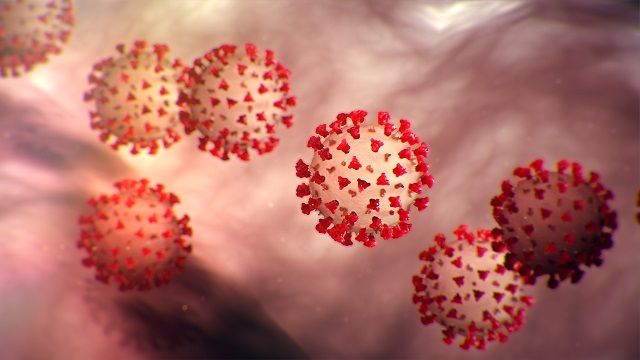
Kampala, Uganda | THE INDEPENDENT | The high numbers of COVID-19 cases reported in the world are not as a result of mass testing, this is according to the World Health Organization-WHO.
Data from the WHO shows that it took 12 weeks for the world to reach 400,000 cases of COVID-19. There have now been 11.4 million cases of COVID-19 and more than 535,000 deaths reported. As of today, 200,000 COVID-19 cases are being reported everyday across the world.
But Dr Michael Ryan, the Executive Director of Health Emergencies says that the rise in cases is not as a result of mass testing but a result of more infections in communities. Similarly, the WHO Director-General, Dr Tedros Adhanom Ghebreyesus, says that the disease is spreading fast which is leading to high numbers being reported.
“The outbreak is accelerating and we have not reached the peak of the pandemic. The number of cases reported daily is on the increase. The disease is accelerating very fast but it’s still possible to control it. We have to do more now to save lives to stop mortality,” Dr Ghebreyesus said on Tuesday.
While the number of cases reported seems to be on the increase, the number of deaths reported is decreasing. According to WHO, the world is seeing a reduction in deaths reported of over a thousand cases daily.
Dr Ghebreyesus attributes this to the use of science and targeted actions towards vulnerable populations. He says identifying, testing, isolating and treating people has led to the reduction of deaths.
“While the number of deaths appears to have leveled off globally, in the reality, some countries have made significant progress in reducing the number of deaths while in other countries deaths are still on the rise. Where there has been progressing in reducing deaths, countries have implemented targeted actions towards the most vulnerable groups for example those people living in long-term care facilities,” he said.
As the world continues to report more cases of COVID-19, the origin of the disease remains unknown. While it is believed that the disease originated from three animals bats, snakes and pangolins, it is unclear how it crossed into humans.
To better understand this, a team of WHO scientists are travelling to China this week to identify the zoonotic origin of the disease. However, Dr Ryan warns that it might take years for the search of the source of the disease to ever be known.
“We have carried out such work in the past and it is a detective story trying to find out how the disease crosses. We spent decades doing this to Ebola, SARS. It takes time. The interaction between man and the animal kingdom can happen at any time and it takes time to understand how the virus might have crossed from wild animals to markets then to man. It’s never a straight path when it comes to trying to understand this process,” he warned.
******
URN
 The Independent Uganda: You get the Truth we Pay the Price
The Independent Uganda: You get the Truth we Pay the Price



